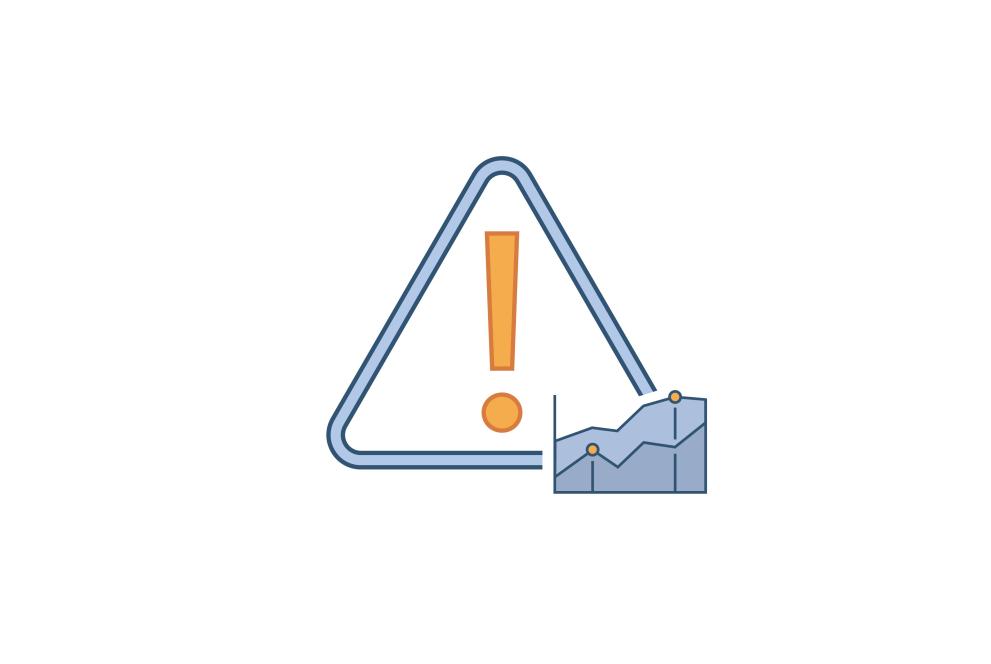
In order to safeguard the stability of the insurance and occupational pensions sectors, as well as broader financial stability, EIOPA monitors and assesses risks and vulnerabilities with a view to facilitating or coordinating the necessary supervisory action to deal with such developments.
Our approach to financial stability
EIOPA strives to be in a position to take preventive action and so takes a forward looking approach to this work.
The core of EIOPA's approach to financial stability is to bring together risk analysis and vulnerability analysis in order to assess the stability of the sector at a point in time.
EIOPA has a responsibility to inform other European Supervisory Authorities, the European Systemic Risk Board (ESRB) as well as the European Parliament, the Council of the EU and the European Commission of the emergence of such risks and vulnerabilities. In this way, EIOPA performs its role as part of the European System of Financial Supervision (ESFS).
Insurance stress tests

EIOPA carries out regular insurance stress tests to assess how well the European insurance industry is able to cope with severe but plausible adverse developments of financial and economic conditions. Stress test results help supervisors identify the vulnerabilities of the insurance industry and find ways to improve its resilience.
Occupational pensions stress test

Occupational pensions stress test are a regular supervisory tool that EIOPA uses to assess the resilience of the European occupational pensions sector.
In 2022, EIOPA carried out its first climate stress test to gain insights into the effects of environmental risks on the European occupational pension sector.
Insurance risk dashboard

The risk dashboard presents a quarterly risk assessment of the European Union insurance industry using Solvency II data.
It looks at different types of risk, such as risks related to macro, credit, market, liquidity and funding, insurance underwriting risks or ESG-related risks. At the same time, it covers market perceptions, as well as profitability and solvency.
Occupational pensions risk dashboard
The IORP risk dashboard, based on individual occupational pensions regulatory reporting, summarises the main risks and vulnerabilities in the IORPs sector of the European Economic Area (EEA) for defined contributions (DC) and defined benefits (DB) pension schemes.
It includes a set of risk indicators covering risk categories, such as market and credit risks, liquidity risks, reserve & funding risks, ESG risks, and cyber risks.
Discover the latest IORPs risk dashboard
Financial Stability Reports and thematic articles
Twice a year, EIOPA publishes its Financial Stability Report, a key publication that sheds light on the key developments and risks in the European insurance and pension sectors. Additionally, the report can also include topical focuses and feature articles on specific topics.
Insurance statistics
EIOPA provides statistical data on insurance undertakings and groups in the EU and the European Economic Area (EEA).
The statistics contain aggregated country level information about balance sheet, own funds, premiums, claims and expenses, asset exposures, use of transitional and LTG measures.
Occupational pensions statistics
EIOPA provides statistical data on how institutions for occupational retirement provision in the EU and the European Economic Area (EEA) perform. The statistics contain aggregated country level information about the basic information, balance sheet, asset exposures, expenses, member data, contributions, benefits, and transfers.